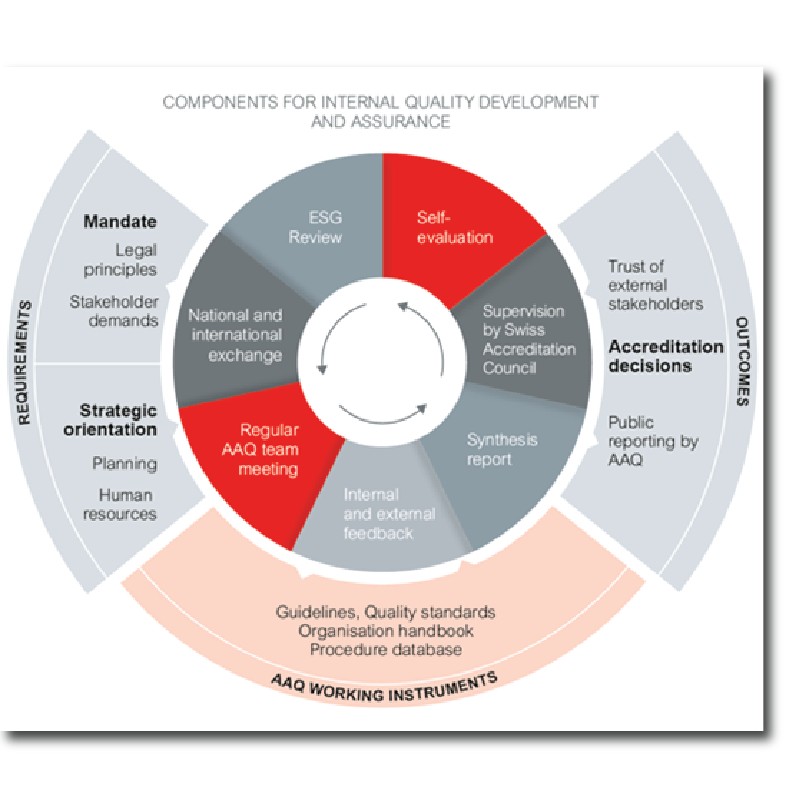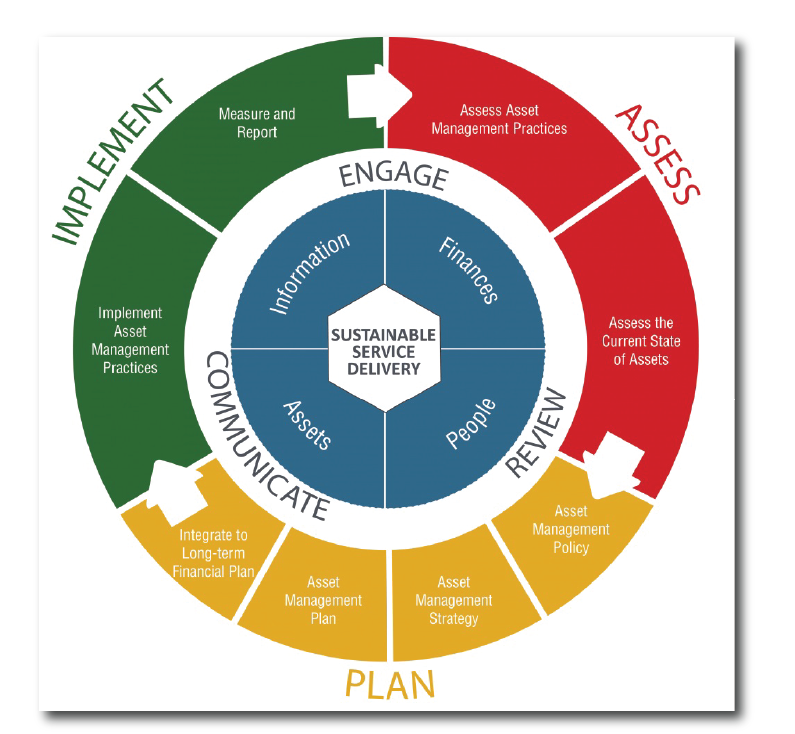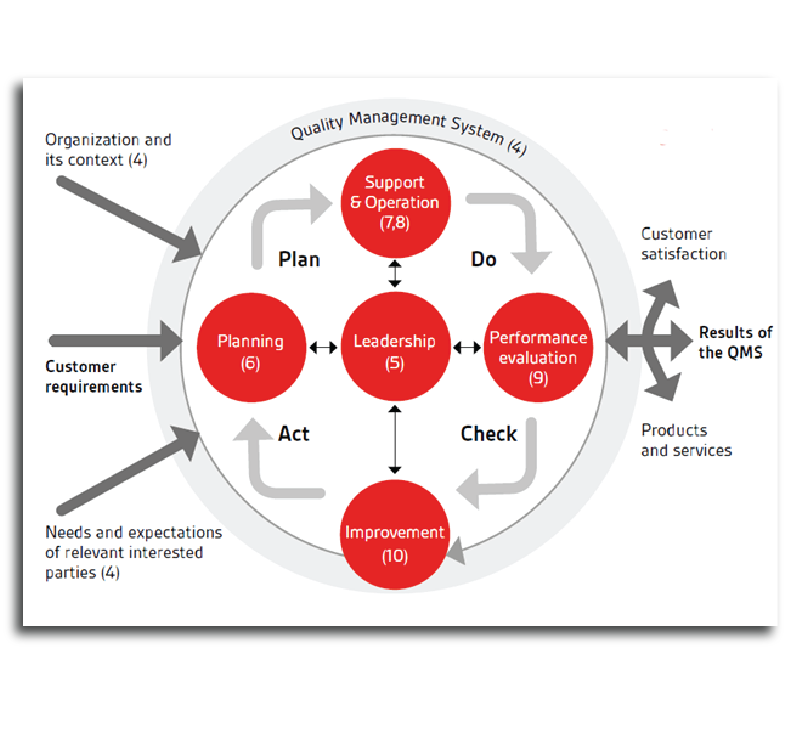Internal and External Audits
What is an ISO System?
ISO (International Organization for Standardization) is an independent, non-governmental, international organization that develops standards to ensure the quality, safety, and efficiency of products, services, and systems.
THE ISO MODEL:
ISO management system standards (MSS) help organizations improve their performance by specifying repeatable steps that organizations consciously implement to achieve their goals and objectives, and to create an organizational culture that reflexively engages in a continuous cycle of self-evaluation, correction and improvement of operations and processes through heightened employee awareness and management leadership and commitment.
The benefits of an effective management system to an organization include:
⦁ More efficient use of resources and improved financial performance.
⦁ Improved risk management and protection of people and the environment.
⦁ Increased capability to deliver consistent and improved services and products, thereby increasing value to customers and all other stakeholders
MSS are the result of consensus among international experts with expertise in global management, leadership strategies, and efficient and effective processes and practices. MSS standards can be implemented by any organization, large or small.
What is an ISO Internal Audit?
The purpose of an ISO internal audit is to assess the effectiveness of your organization’s quality management system and your organization’s overall performance. Your internal audits demonstrate compliance with your ‘planned arrangements’, e.g. the Quality Management System (QMS) and how its’ processes are implemented and maintained.
Principles of Internal Auditing
Auditing relies on a number of principles whose intent is to make the audit become an effective and reliable tool that supports your company’s management policies and policies whilst providing suitable objective information that your company can act upon to continually improve its performance.
What is an External Audit?
The external audit is the formal and independent assessment of your organization’s processes and systems by an appointed team from outside the organization i.e., a third-party body. The body must be accredited and recognized for the purpose of conducting different audits. Here the key purpose is to provide assurance to the organization’s stakeholders or different interested parties about your business performance. Fair conduct and passing of an external audit demonstrate that your organization is performing efficiently, there are no risks in any areas or processes, and you are complying with the regulations of the standards, whichever is applicable.
External audit: this is done by Approved auditors from outside the company. They are unbiased and can give expert recommendations.
ISO 9001:2015
ISO 9001:2015 is defined as the international standard that specifies requirements for a quality management system (QMS). Organizations use the standard to demonstrate the ability to consistently provide products and services that meet customer and regulatory requirements.
ISO 9001:2015 specifies requirements for a quality management system when an organization:
a) needs to demonstrate its ability to consistently provide products and services that meet customer and applicable statutory and regulatory requirements, and
b) aims to enhance customer satisfaction through the effective application of the system, including processes for improvement of the system and the assurance of conformity to customer and applicable statutory and regulatory requirements.
All the requirements of ISO 9001:2015 are generic and are intended to be applicable to any organization, regardless of its type or size, or the products and services it provides.
Where any requirement(s) of ISO 9001:2015 cannot be applied due to the nature of an organization and its product, this can be considered for exclusion.
Where exclusions are made, claims of conformity to ISO 9001:2015 are not acceptable unless these exclusions are limited to requirements within Clause 7, and such exclusions do not affect the organization’s ability, or responsibility, to provide product that meets customer and applicable statutory and regulatory requirements
ISO 14001:2015
ISO 14001:2015 specifies the requirements for an environmental management system that an organization can use to enhance its environmental performance. ISO 14001:2015 is intended for use by an organization seeking to manage its environmental responsibilities in a systematic manner that contributes to the environmental pillar of sustainability.
The 14001:2015 environmental management systems standard contains the following key elements:
⦁ Environmental policy;
⦁ Planning;
⦁ Implementation and Operation;
⦁ Checking and Corrective Action;
⦁ Management review.
ISO 45001:2018
ISO 45001:2018 is an international standard for health and safety at work developed by national and international standards committees independent of government. Introduced in March 2018, it’s replacing the current standard (BS OHSAS 18001) which will be withdrawn.
The elements of the ISO 45001:2018 standard where the changes are most significant include Context, Leadership and Worker Participation, Planning, and Operation.
ISO 45001:2018 helps in a variety of respects it helps: minimise risk to employees; improve an existing OH&S management system; demonstrate diligence; gain assurance; etc. The benefits can be substantial.






